How to Use Quill Rich Text Editor in React JS | 2024
Read More

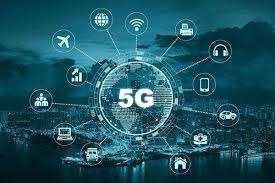
For many years now, 5G technology has been dubbed to be life-changing in how we connect and communicate; rates are said to exceed any seen previously, be it in speed or reliability. Just as rollouts for the 5G network were well underway, scientists and engineers couldn't stop looking for ways to improve its coverage and efficiency. This was the case with a group of Japanese scientists who developed a wirelessly powered relay transceiver that remarkably improves 5G network coverage, even in the most challenging environments. The innovation that will change mobile connectivity into something more accessible and reliable for users across the world holds enormous potential.
Before delving into the details of what the new transceiver represents, let's look at what 5G technology is and why it's essential. 5G is short-hand for the fifth-generation generation mobile networks. It touts faster-than-usual data download and upload speeds, more comprehensive coverage, and more stable connections than its immediate predecessors. The central advantages of 5G are:
Though 5G networks bring along many advantages—there are difficulties in deploying them at the same time. The immediate ones among those problems will be the ones related to coverage. 5G uses higher frequency bands, which are capable of holding more data but are not able to travel as far as the lower frequency bands used by 4G; therefore, more cell towers and relay stations will have to be installed to cover the same area. Secondly, it is the physical obstacles like buildings, trees, and even weather conditions that may disrupt 5G signals.
Japanese researchers now have a clever solution to these coverage challenges :
This wirelessly powered relay transceiver works off of the concept that it will utilize electromagnetic fields to transfer its power from a transmitter onto a respective receiver without physical connectors. Here's a simplified explanation of how it happens:
The development of wirelessly powered relay transceivers will thus be another gigantic step in democratizing 5G technology, making it more accessible and trustworthy. It attests to the ingenuity of researchers and engineers who continue pushing the frontiers of possibility. This innovation has brought us closer to realizing a world where every person can seize the opportunity presented through transformative 5G connectivity, having overcome problems with coverage and infrastructure.
Wirelessly powered relay transceivers mark a significant step in the future roadmap for the 5G network. It solves the challenge of coverage, makes infrastructure cheaper, and further exposes this area to even more extensive, not to mention trustworthy, 5G experience. The potential to revolutionize communication, strengthen intelligent cities, and bridge connectivity divides becomes unstoppable with continuous innovation and improvement in 5G. This is the most exciting time for the IT industry, and with any breakthrough, it seems the future is getting brighter.
Recent posts form our Blog
.png)
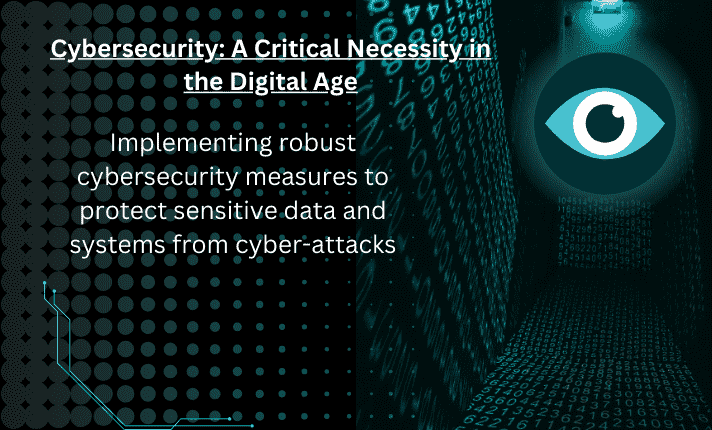
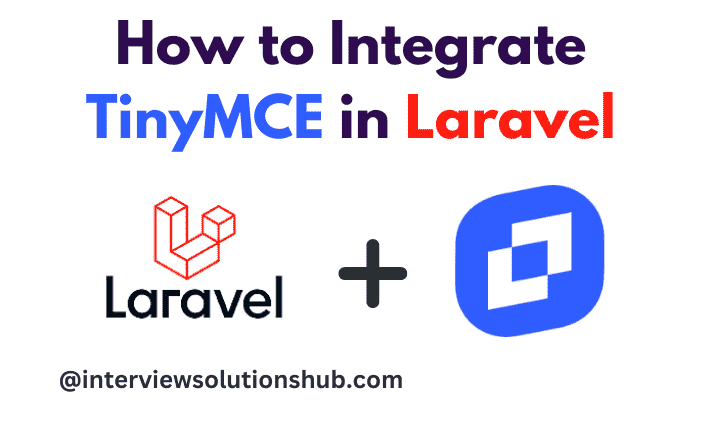
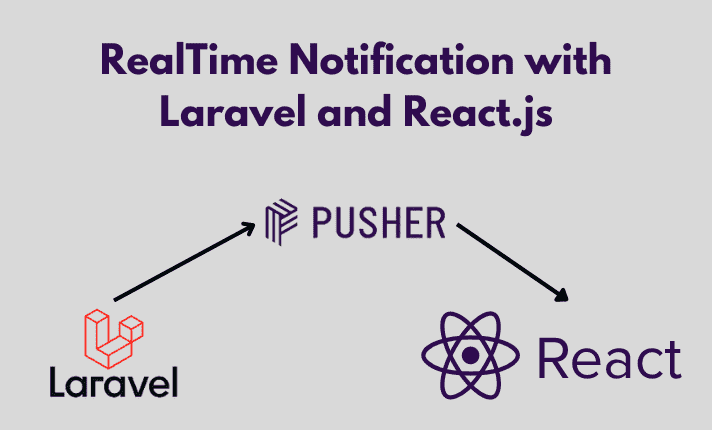
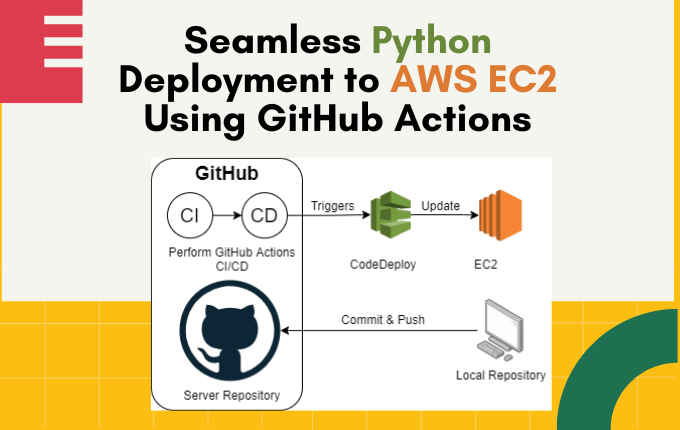

0 Comments
Like 0